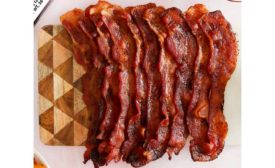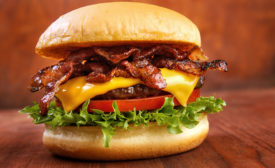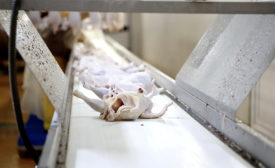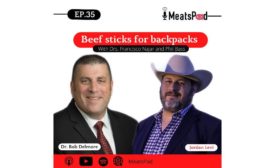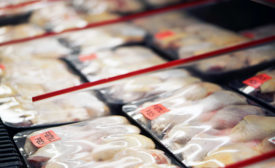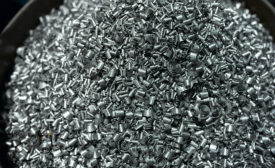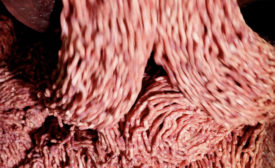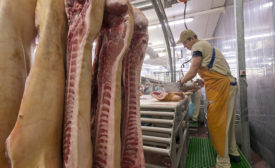Meat and Poultry Processing
Podcast | MeatsPad
MeatsPad podcast Episode #35: Beef Sticks for backpacks
August 27, 2021
Blending together
Processors can utilize old and new methods for blending and fat analysis.
Read More
Beef plant of the future
Smaller operations, improved technology, more automation expected
Read More
Stay ahead of the curve. Unlock a dose of cutting-edge insights.
Receive our premium content directly to your inbox.
SIGN-UP TODAYCopyright ©2024. All Rights Reserved BNP Media.
Design, CMS, Hosting & Web Development :: ePublishing


